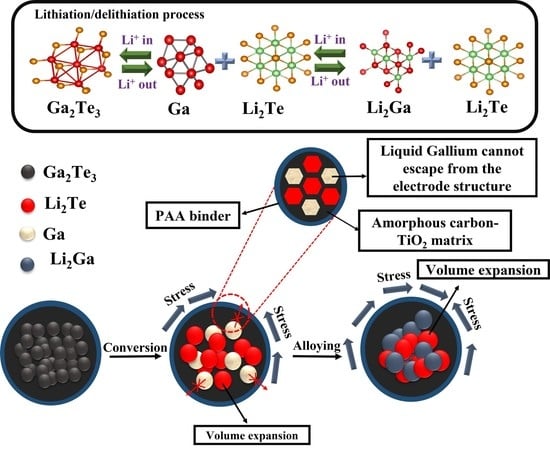Gallium-Telluride-Based Composite as Promising Lithium Storage Material
Abstract
Share and Cite
Hoang Huy, V.P.; Kim, I.T.; Hur, J. Gallium-Telluride-Based Composite as Promising Lithium Storage Material. Nanomaterials 2022, 12, 3362. https://doi.org/10.3390/nano12193362
Hoang Huy VP, Kim IT, Hur J. Gallium-Telluride-Based Composite as Promising Lithium Storage Material. Nanomaterials. 2022; 12(19):3362. https://doi.org/10.3390/nano12193362
Chicago/Turabian StyleHoang Huy, Vo Pham, Il Tae Kim, and Jaehyun Hur. 2022. "Gallium-Telluride-Based Composite as Promising Lithium Storage Material" Nanomaterials 12, no. 19: 3362. https://doi.org/10.3390/nano12193362
APA StyleHoang Huy, V. P., Kim, I. T., & Hur, J. (2022). Gallium-Telluride-Based Composite as Promising Lithium Storage Material. Nanomaterials, 12(19), 3362. https://doi.org/10.3390/nano12193362








